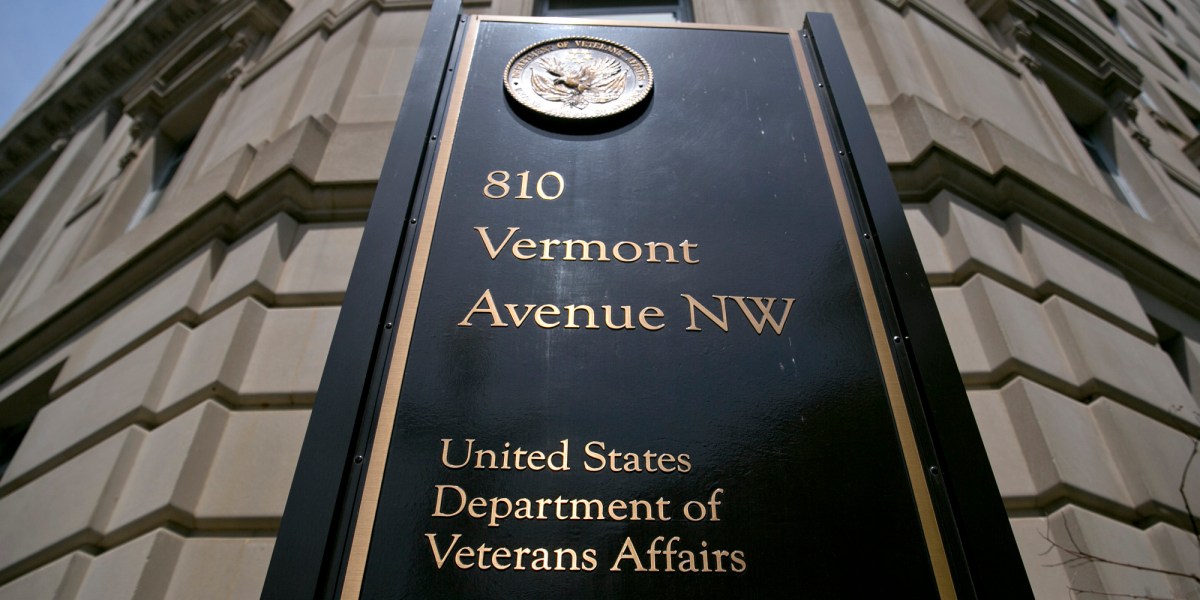Despite critical report, VA officials confident in systems as MISSION Act launch approaches

Department of Veterans Affairs leaders responsible for rolling out new systems to give veterans better access to non-VA community care are confident they will be functioning properly by a June deadline, despite the findings of a critical third-party report that casts doubts on the launch.
Officials say that by June 6, under the 2018 MISSION Act, they will have updated department standards to give veterans better options for treatment when they don’t live near a VA medical facility. With that, the department is also tasked with developing a tool for doctors to use to automate the adjudication process for finding facilities that meet those standards, called the decision support tool.
“I am optimistic we are going to get this done,” said Richard Stone, the executive in charge for the Veterans Health Administration, at a House Committee on Veterans’ Affairs hearing Tuesday.
The hearing was prompted by a recent review by the U.S. Digital Service of the department’s progress around the Section 101 of the MISSION Act. USDS found critical concerns that could derail the successful rollout of the new standards and corresponding IT systems and tools.
A trio of VA witnesses said they were very confident that they will meet the letter and spirit of the law in just over two months.
“This is complex work that you’ve asked us to do,” Stone said. “There’s a lot of new requirements, there’s a lot of new pieces to it, and in essence, every single veteran that we’re seeing needs to have adjudicated if they’re eligible to go out. Are we concerned? Yes. Will the decision support tool make life easier when it comes into fruition? Yes.” But given the timeline of the law, he said, “we must go forward with the MISSION Act on June 6.”
In addition to failing to establish a “veteran-centric vision,” USDS found issues with the development of the Decision Support Tool (DST) that caused it to recommend VA stop developing the tool as is. USDS explains the tool as “the principal technology in progress for the MISSION Act rollout effort [that] could streamline the eligibility determination by connecting to these legacy VA systems to gather data on the Veteran and produce a determination.” ProPublica first published the USDS report.
“Given the high level of risk surrounding the timeline, planned engineering implementation and usability concerns, USDS anticipates that DST, if released into production, will negatively disrupt the physicians workflow and reduce daily appointment capacity within VHA,” the report says, recommending that VA “redirect development efforts towards a reimagined DST that serves both VA Clinical Staff and Veterans.”
Stone acknowledged USDS’ report as a healthy part of adopting the new law and developing corresponding IT functions. “What I have to say to you is that I’m very, very pleased that the team has been working closely with IT, that we’ve gotten a third party to take a look at us, that’s given us a very hard look, hence why we’re sitting here… Most importantly it was a chance to take a good, hard look at ourselves.”
Melissa Glynn, the assistant secretary for enterprise integration and also the one who requested USDS’ review, said: “It’s a common leading practice, when you have a milestone, a priority, to enlist all of the expertise that we have at our disposal.” USDS, she said, “represented that expertise.”
“There were no particular concerns [when she requested the review], just making sure that we were doing everything in our power to make sure the implementation would go smoothly, that we thought of every kind of pitfall and we had thought of how to mitigate the situation from an implementation standpoint,” Glynn said.
Despite the heavily critical feedback of the report, Glynn said she believes VA will deliver a tool Jun 6 that delivers consistency with the policies and standard USDS took issue with.
“Overall, I feel that the tool will actually help us drive consistency and certainly drive more consistency,” she said. “It is the sort of front-facing dashboard which will help everybody have the same kind of perspective and see the same sort of information every time they have that opportunity to look at whether they’re going to receive care in the community or not.”
New VA CIO James Gfrere also voiced confidence that “we will have the functionality by June 6 for the decision support tool.” He did, however, express that he felt early on, after joining VA in January, that the project was crunched on time and faced some risk of not launching on schedule.
As for the report’s call for VA to develop standards that are more veteran-centric, Stone said “I think that’s exactly what we’ve done.”
“The VA’s foundational service is to be veteran-centric and to recognize the nuances of service and the injuries it causes. The reason this system was designed in this manner is because of that belief in the integration of care between the provider team and the veteran,” he said. “The real importance of this as a health care system is about the ability to integrate care and not just simply send people to a website in order to make a decision on care. That is the same as people have in the commercial space, and the frustration about figuring out what doctor to go to. What we do is partner with the veteran and make this a veteran-centric system.”
Outside of the hearing, VA Secretary Robert Wilkie in an interview refuted the report in its entirety.
“That’s an interesting report that was done without discussing any of the issues with any senior leader at the Department of Veterans Affairs, including the people who actually handle our information technology systems,” Wilkie told Colorado Public Radio. “For an outfit that’s supposed to be all about technology, about 90 percent of that report was about policy, which I think if you look at their charter, they were not competent to do. What I’m going to again fall back on is what our veterans are saying to us and our veterans are voting to use VA to go where people understand their culture and understand their language.”
Glynn said in the hearing she and others from the VA did meet with members of the USDS team on the report after they delivered it to the department.






